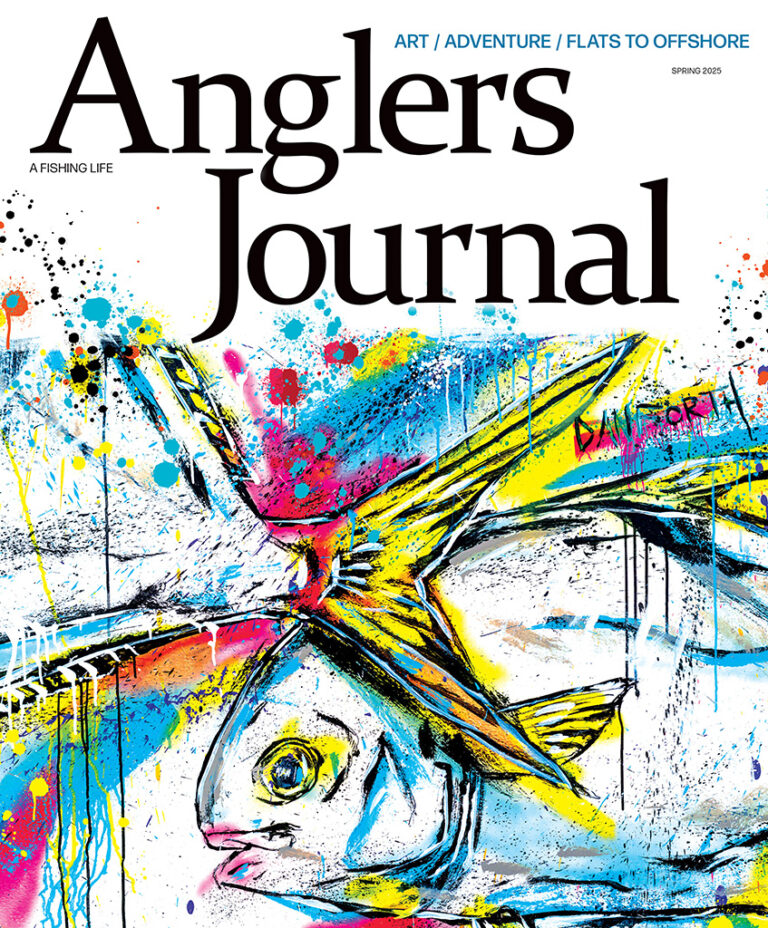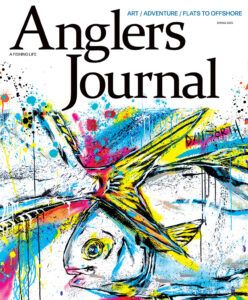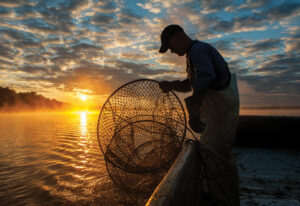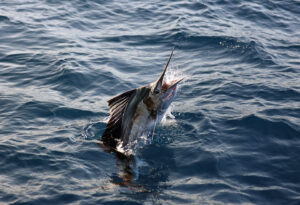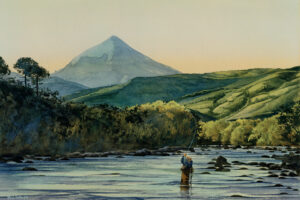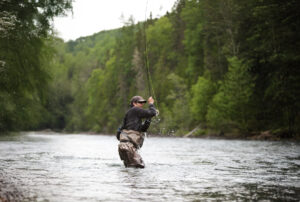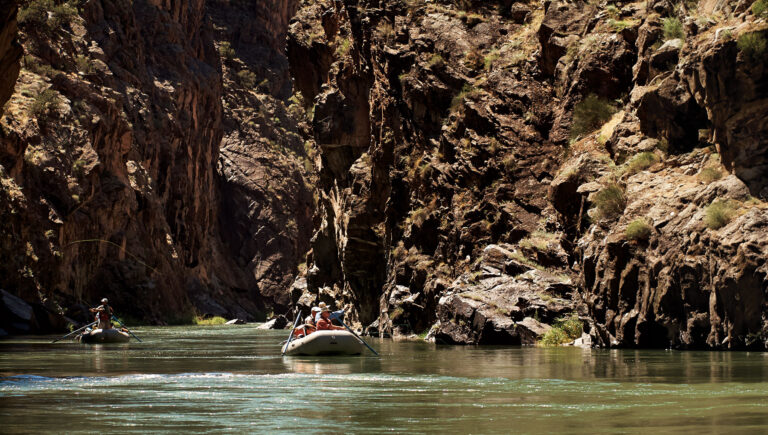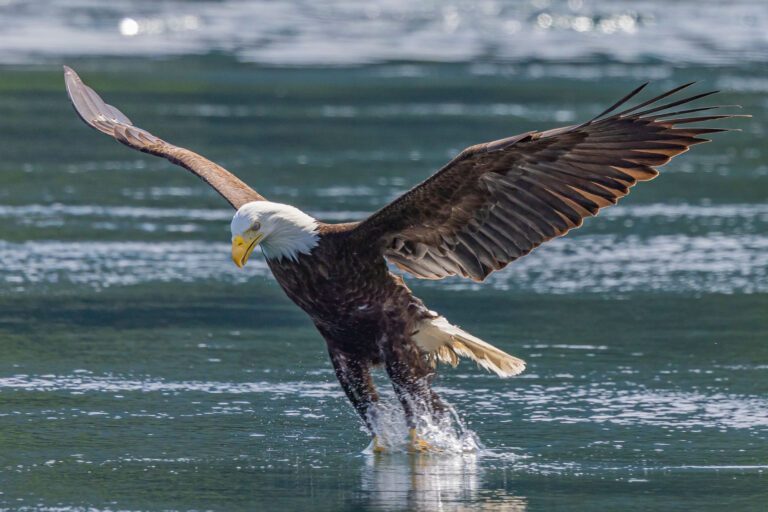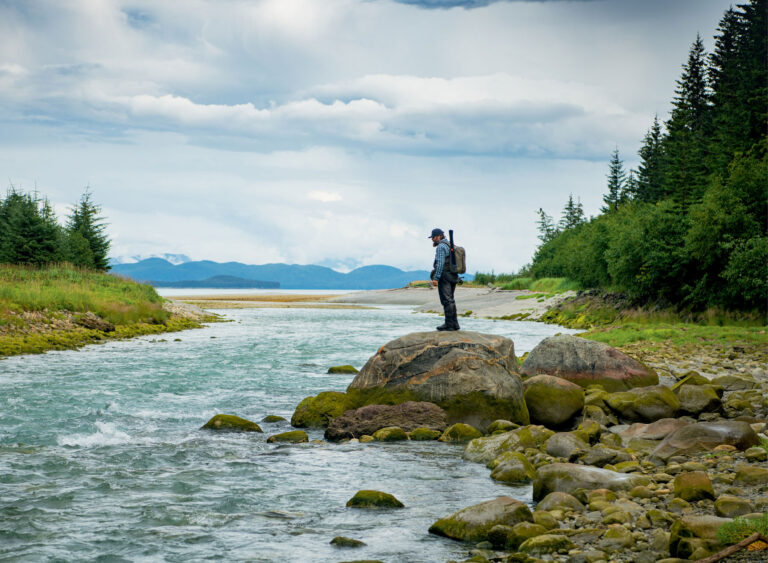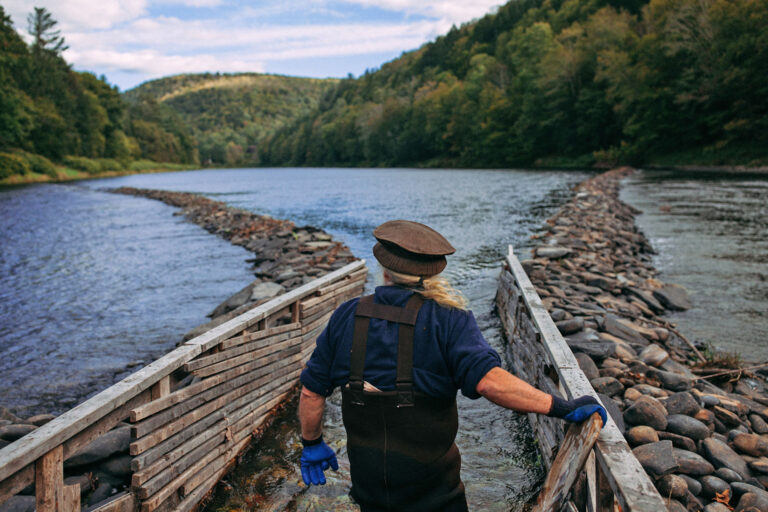It’s 6 a.m. A much younger me rolls out of bed and stops at the bait and tackle shop for a Clark bar and a pack of Marlboros. (Back then I thought I’d live forever.) I drive across the Cold Brook bridge on the Esopus Creek — the stream where Lee Wulff tied the first of the famous series of flies that bear his name. Walking along an abandoned railbed, I stop now and again to pick a few wild strawberries that grow between the ties. They’re sweet, also cool with dew. About a half-mile on, I turn off the tracks and into the woods for the walk to the stream. Halfway there, I hear the sound of flowing water, a steady shhhhh. I head for the sound, weaving between trees and berry tangles to the tail of Huddler’s Flats, the longest pool on the river. My favorite.
I come out of the forest where the pool glides into a churning riffle. I eat my candy bar breakfast, grab a smoke and consider the river. Morning mist still fills the valley. The warming sun has begun to burn it off. Like a half-opened window shade, it hangs about 10 feet above the water. A line of rocks, parallel to the bank, forms a channel separating softer water from the main flow. And just above that channel, in the unruffled tail-out, a trout feeds.
A brown … nice fish!

I wade into the broken water below him, figuring that the rushing current will camouflage my sound. I move about 10 yards downstream and to the trout’s right, and lay my Ausable Wulff above the fish, leading him just enough. If the fish is looking up, he’ll see it.
Tic, tic, tic, the bushy fly moves into the trout’s window. The fly goes under. The line tightens — not with a jolt but a steady pull. What could be better than this? See the fish. Cast the fly. Hook him, fight him, land him, let him go. At 15 inches he’s not the biggest brown trout I’ve ever caught, although he is a nice size for this stream, with broad enough shoulders to peel line off the reel and put up a fight. His color is light brown, like coffee with milk.
I’ve never forgotten that fish. Twenty thousand fish later (give or take 15,000) I see him as clearly as I did on that early summer morning in the Catskills. Thinking back over the years, it’s not the bonefish of Christmas Island that still shimmer the shiniest in memory, or the tarpon that snatched my fly after a three-hour run in the dark of night to the Marquesas, or the 9-pound bass on a bullhead in Florida’s St. Johns River. All of them great fish, but my favorite?
Salmo trutta. Brown trout.
But what about a 5-pound snook crushing a popping bug like a cougar on a wobbly fawn? you ask. Or a bonefish streaking for the edge of the reef? And don’t forget the lordly Atlantic salmon angrily snatching a fly and tailwalking a hundred yards before hunkering down in unwadable rapids, daring you to risk life and rod pursuing him.
Yeah, they’re all great, and you can throw in an acre of stripers on a blitz (or a singleton cruising the shallows), or an albacore gobbling a Surf Candy at Montauk and bolting off on a run that, it seems, will take it clear to England. They’re all good, worth a way-too-early wake-up and a long and wearisome ride home after dark. But there is something about a brown trout that is just so right: the waters where you fish them, the bankside forests and meadows, and most of all the subtle way they take a dry fly and the brawl that follows. Sure rainbows are terrific, and so is our own native American brookie. But ’bows don’t regularly offer a solitary target the way a brown does. They’re often part of a gang, and the first one on your fly is not necessarily the leader of the pack. True, the brook trout is a real looker, but it doesn’t require the elegant presentation that a solitary bank-feeding brown demands.
I’m not talking about any old brown trout, mind you. Not a sea-run leviathan of Tierra del Fuego, nor a Lake Michigan lunker fat with alewives, or an old hook jaw on the Battenkill that won’t take anything but live bait, or its cousin, a gaudy streamer. Thrilling? Yes. Transcendent? No. A 2-pound brown during a hatch that you hook on 6X — that’s this angler’s pinnacle.
There’s something poetic, damn near erotic, about catching sight of a lone brown in clear, gently flowing water, finning in the current, rising as leisurely as a child’s balloon in a soft breeze, barely dimpling the surface to sip a pretty mayfly and then, with a ballerina’s wave of its tail fin, circling back to snare the next luckless mayfly.
For me, that’s the ultimate experience in angling. When the mayflies are hatching, I stare at each one, anticipating a brown trout picking it off before the fly loops lazily into the air, no doubt drunk on the thought of sex that signals both the highlight and the end of every mayfly’s brief life. And then a little bulge in the water, a flash of white as the trout opens its mouth and a fluttering fly disappears in the ring of the rise. You mark the spot, correct your cast for wind and current, and mend the line to extend the float.
Without thinking, you hold your breath. Seconds become a single long instant without beginning or end until the trout shatters the calm as it feels the hook and you drive it home. Next, the fight, the to and fro, the perilous way the rod bends as you pray you haven’t overstressed your leader. If you play your cards well, you will land the trout. Then, with the hook removed, you release your prize. No drama called for at this point; returning the fish to his home needs to feel easy and smooth. Finally, almost as relieved as the trout, you watch him swim away, melting from sight into the depths.
At such times, I advise you to put down your rod, sit, take note of the river and the trees, the bird calls and the breeze. Enjoy this moment. No need for a photo. You’ll remember it. I guarantee.

